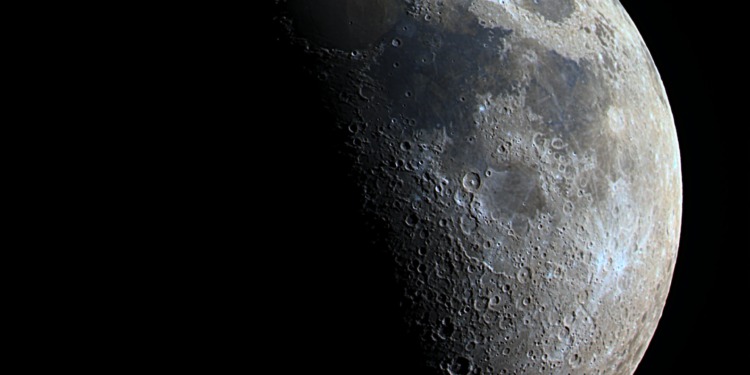India has achieved a historic milestone by successfully completing a soft landing on the moon. The Chandrayaan-3 spacecraft landed on the moon’s uncharted south pole as planned at 18:04 local time.
The country joins an exclusive league alongside the United States, China, and the former Soviet Union, making it the fourth nation to land on the moon. India’s Prime Minister Narendra Modi reacted by saying:
This moment is unforgettable. It is phenomenal. This is a victory cry of a new India.
Chandrayaan-3’s journey marks the beginning of a fresh wave of lunar exploration. Its scientific instruments, designed for studying the moon’s surface properties and seismic activity, promise to unveil insights into its composition and geology. As nations continue investing in lunar missions, the moon emerges as a vital platform for deep space exploration and scientific discovery.
Historic day for India's space sector. Congratulations to @isro for the remarkable success of Chandrayaan-3 lunar mission. https://t.co/F1UrgJklfp
— Narendra Modi (@narendramodi) August 23, 2023
The South Pole: A Strategic Destination
Chandrayaan-3’s spacecraft landing site is closer to the moon’s south pole than any previous attempt. This location has scientific interest due to its potential for water ice deposits.
Discovering water ice on the moon has profound implications for future missions, including the possibility of establishing a human exploration outpost. Should Chandrayaan-3’s Pragyan rover confirm water ice’s presence, it could facilitate extracting crucial resources like oxygen and fuel.
RELATED ARTICLES: NASA’s Return to the Moon on Hold | Solar Power From Space: How Would It Work? | All The Way From Space To Earth: Caltech’s Project Leads the Race in Space-Based Solar Energy
Beyond India: A New Moon Rush
The world is currently experiencing a renewed interest in lunar exploration. As a result of technological advancements, scientific curiosity, and strategic considerations, multiple nations are once again vying to establish their presence on the moon’s surface.
Considering that India’s achievement comes shortly after Russia’s spacecraft crash on August 19, Chandrayaan-3’s landing holds great importance. Nations are rushing to uncover the moon’s mysteries in what appears to be a new era in lunar exploration.
However, this competition isn’t solely for prestige; it’s also about harnessing natural resources. The lunar surface harbors not only scientific secrets but also economic and strategic opportunities. As the global economy evolves, moon resources such as minerals and water could sustain future space endeavors. Nations recognize the strategic importance of accessing these resources to advance technology and global positioning.
The most recent moon rush exemplifies humanity’s indomitable spirit of exploration and discovery. Regardless of geopolitical differences, nations all share the same interest in unraveling the moon’s secrets and expanding our universal understanding.
Chandrayaan-3’s accomplishment marks a significant chapter in humanity’s cosmic quest. As the moon rush accelerates, it reminds us of the vast universe waiting for our collaborative efforts to unveil its wonders and redefine human progress.
Editor’s Note: The opinions expressed here by the authors are their own, not those of Impakter.com. — In the Featured Photo: The Moon. Featured Photo Credit: Unsplash










